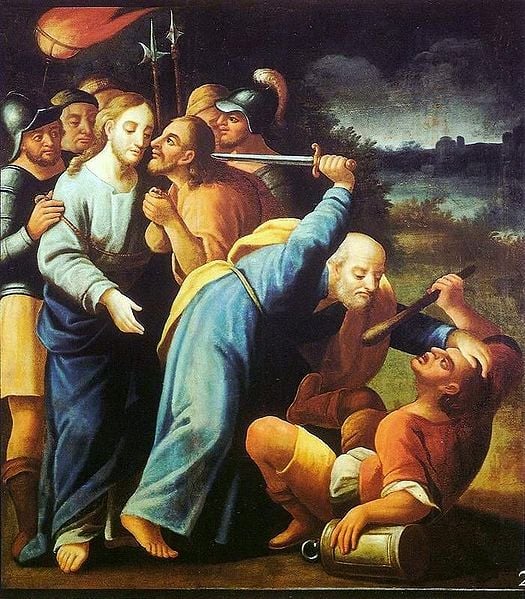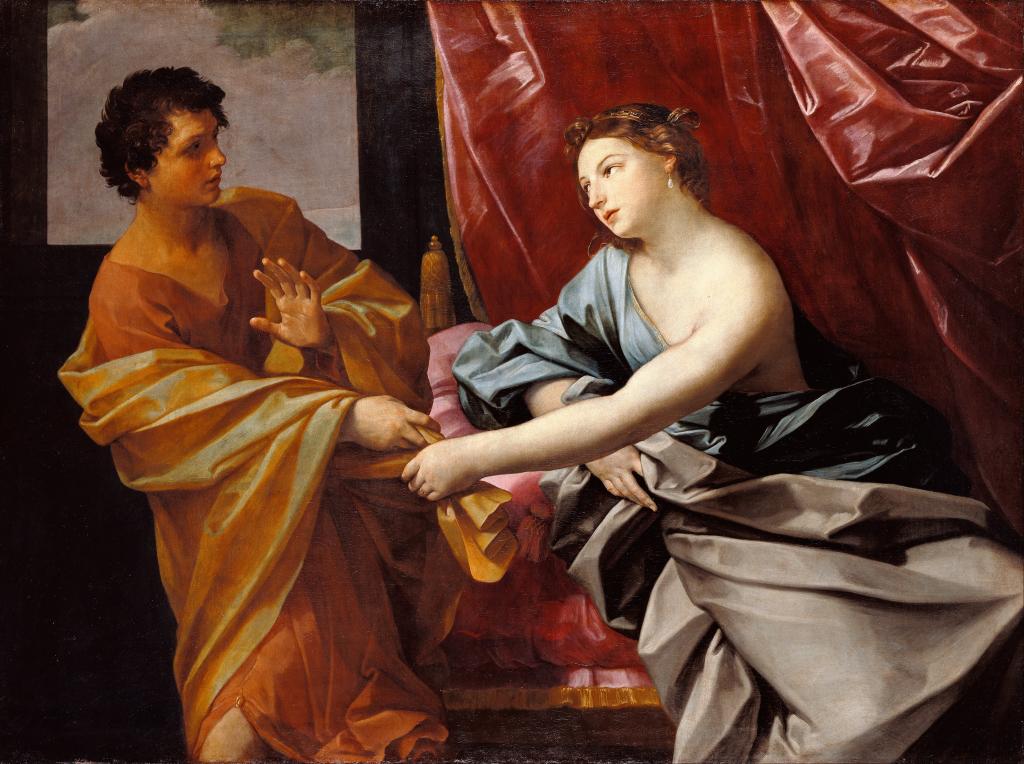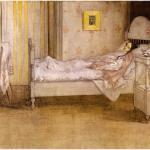Recently, I gave a presentation on depictions of Mormon women in the print media since the late nineteenth century. A couple things struck me. First, the media has always been interested in Mormon women. Focusing on the oppression of women is one way that the journalists explored and explained how Mormonism was different and, perhaps, dangerous to the country. Writers employed what I like to call the anti-Catholic template that has been floating around in the public discourse, arguably, since British Protestants first hit ground here in North America. There are a bunch of interrelated parts in the argument, here’s some of them: the group in question is hierarchical and authoritarian, it’s out to take down the democracy of the United States, one of the ways it’s going to do this is by destroying the family, and it’s going to destroy the family by attacking the innate morality of women, especially in their roles as mothers. Nowadays, we see these parts of the argument most often employed against Islam.
This exercise also reinforced something I already knew: The media does a terrible, sledgehammer job of covering religions, religious people, and religious experiences. It usually does not contribute to civil dialogue between people of different religions. Down through the years, writers tried to fit Mormon women into this pre-fabricated anti-Catholic template, but it never quite worked (just as it never quite worked with Catholic women). They struggled to make the reality fit into the negative ideal. But Mormon women acted in ways that showed that they weren’t simply oppressed victims of an evil, authoritarian hierarchy. This did not, however, stop journalists from trying to use the defective template over and over again.
This struggle in the print media shows up early in the coverage of Mormonism. In the late nineteenth century, the New York Times was sympathetic to Mormon women at the beginning of the government’s campaign against Mormon polygamy, sure that the oppressed victims of Brigham Young would rise up and revolt now that they had the chance: “So long as Brigham Young could hold the women in subjection by the terrors of excommunication and anathemas, he and his institution of ‘plural wives’ were safe enough; but now that the fair sex are throwing off his yoke and asserting their rights, the days of polygamy are probably numbered (1).” Fifteen years later, at the peak of the legal battle between the government and the church, Mormon women as a group had not thrown off the yoke and writers were less sympathetic, perhaps confused that women were not acting according to the pre-made script. The title of an 1886 article covering a pro-polygamy rally held by Mormon women says it all: “Mormon Women Protest: Polygamous Wives Who Are Content in Their Slavery (2).”
Fast forward about one hundred years and similar confusion appears in coverage of the anti-ERA stance of the church and the work that church members were doing for and against the amendment. A New York Times article from July 25, 1977, reports how 12,000 women from the Relief Society showed up at the Utah meeting of the International Women’s Year organization and voted in overwhelming numbers to reject resolutions that supported the ERA, as well as a number of other women’s rights proposals put forward by the conference. The author is at pains to argue that this grassroots political activity by women was actually directed by authoritarian church officials (3). In a more nuanced article, Judy Klemensrud interviews then Relief Society president Barbara B. Smith who insists that the church supports women’s rights and equality but that leaders feel that it is not necessary for these rights to be protected by a special amendment. Again, the title of the article articulates the confusion of journalists: “Are Mormons Against Feminism? Not Exactly (4).”
In present day, with the growing public comfort with Mormonism, the media just isn’t that interested in Mormon women, or using them as symbols of difference and danger. When Mormon women do show up in the public discourse, journalists seem less confused and much more positive about them. In a January 24, 2012, New York Times article on Mormon food, the author notes that Mormon women are expected to fulfill traditional gender roles within the family, even if they go on to graduate school and careers, and that these roles are highly prized within the community and fulfilling for women (5). Some of these women become expert cooks and homemakers and spread their knowledge informally through such forums as blogs—celebrities in their realm of expertise.
Still, things aren’t so simple in the modern Mormon community, just as they weren’t in the nineteenth-century. A wholly positive assessment makes our discourse more civil, perhaps, but not necessarily more informed. Sometimes nineteenth-century Mormon women aggressively and publicly supported polygamy even as they privately despised the practice. Likewise, many Mormon women today have concerns about their place in the church, while still loving their religion. And non-Mormon Americans weren’t and aren’t wrong to be concerned about the well being of polygamous wives or Muslim women. As Americans, Mormons and non-Mormons, we have never been equipped to have a civil, reasoned discussion about our religious differences. I wonder if the separation of church and state—the very thing that makes it possible to have people of different religious faiths in dialogue—and our long Protestant heritage (some might argue the very thing that made this separation of church and state possible) have a lot to do with it. And it starts early. Children don’t learn about religions in school. In the public sphere, not dealing with religion seems to be the safest way to deal with religion for a people who are so used to talking about religion in Protestant, exclusivist terms. As a historian of religion, I hope this changes, but, given our history, I’m not optimistic about it in the near future. I’m afraid we’ll continue to act like the journalists who covered Mormon women down through the years—trying to fit religions into our inherited template, never quite succeeding, missing a lot, and missing a lot of opportunities for productive, open, and civil dialogue
(1) “Mormon Women Attacking Polygamy,” New York Times (August 13, 1871).
(2) “Mormon Women Protest: Polygamous Wives Who Are Content in Their Slavery,” New York Times (March 8, 1886).
(3) John M. Crewdson, “Mormon Turnout Overwhelms Women’s Conference in Utah,” New York Times (July 25, 1977).
(4) Judy Klemensrud, “Are Mormons Against Feminism? Not exactly,” New York Times (May 5, 1978).
(5) Julia Moskin, “Not Just for Sundays After Church,” New York Times (January 24, 2012).











